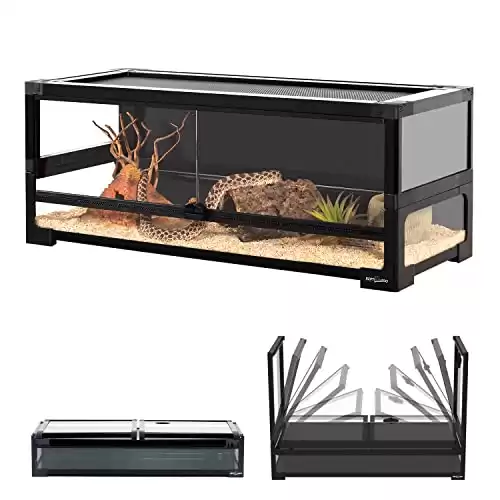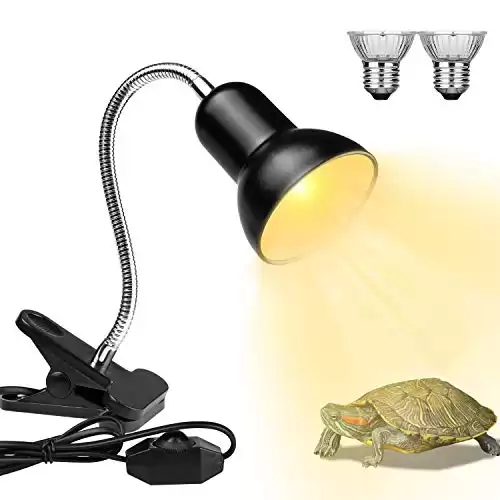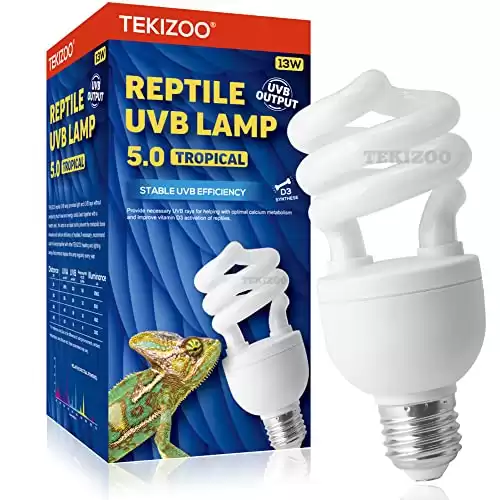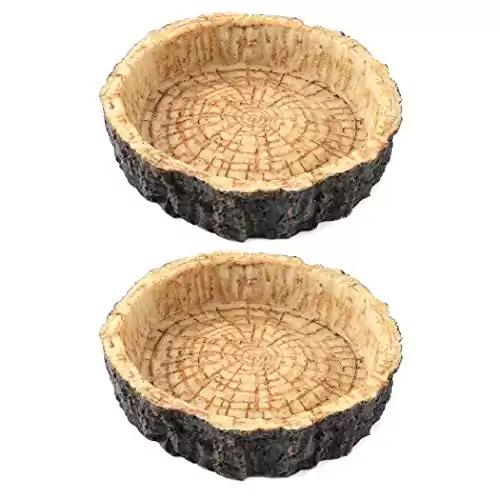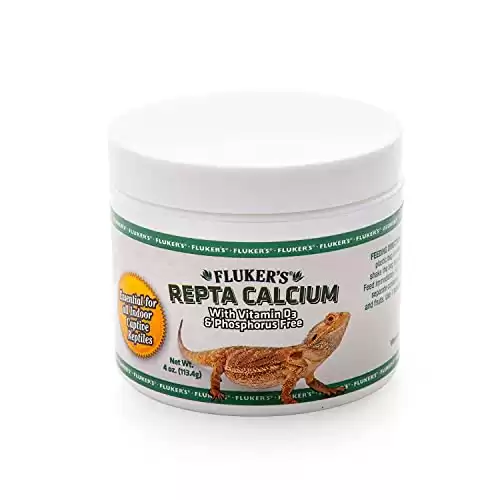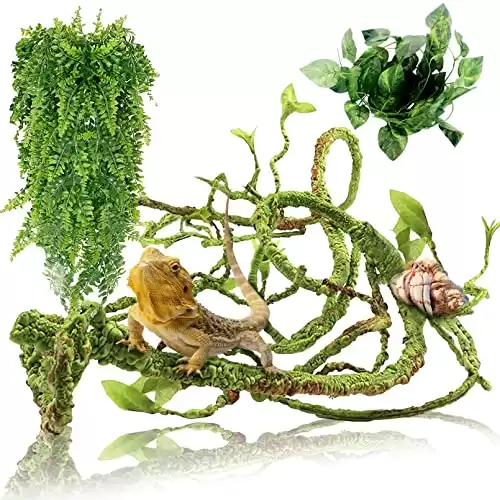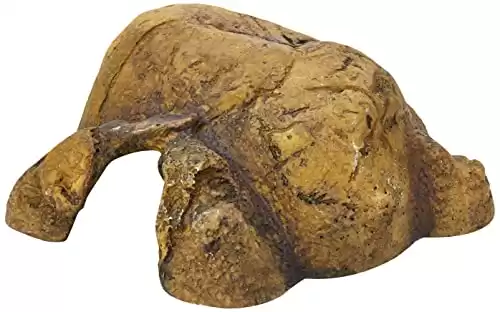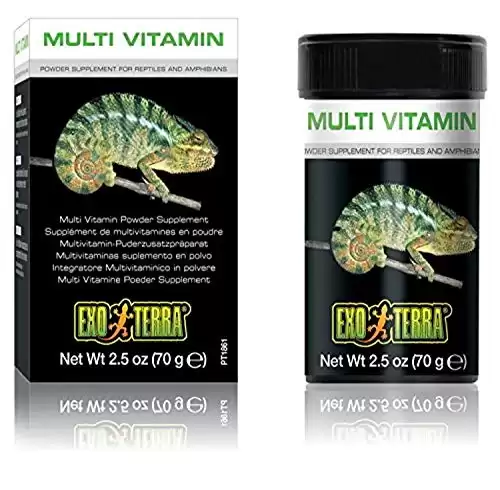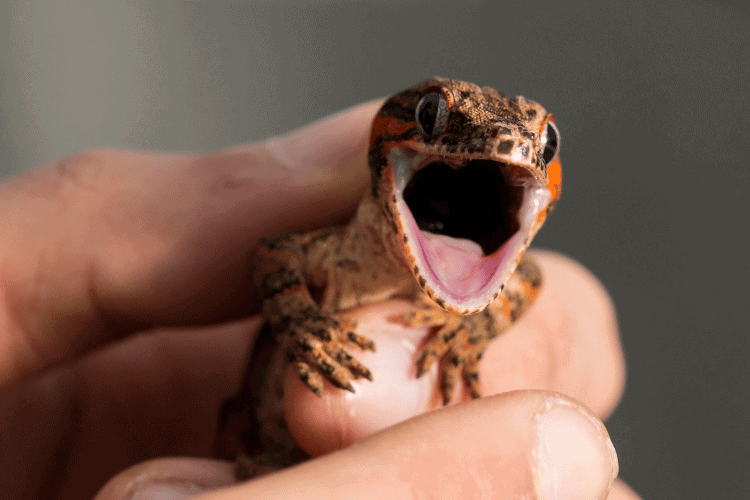
Are you looking for a pet lizard with a little personality? If so, then the gargoyle gecko might be the perfect choice for you!
These charming creatures are known for their cheeky grins, playful nature, and adorable faces. They’re also relatively easy to care for, making them a good choice for first-time reptile owners.
Gargoyle geckos are native to New Caledonia, a group of islands in the southwest Pacific Ocean. They’re arboreal lizards, meaning they spend most of their time climbing trees. Their bodies are covered in smooth scales, and they have two bumps on their heads that give them their name.
So, if you’re looking for a pet that’s both cute and cuddly, then the gargoyle gecko is a great option!
How Do Gargoyle Geckos Look?
Gargoyle geckos are named for the two bumps on their heads that look like horns.
They have smooth, warty scales that come in a variety of colors and patterns, including brown, orange, red, yellow, and white. Some gargoyle geckos have stripes or spots, while others are solid-colored.
One of the most distinctive features of gargoyle geckos is their “beard.” This is a flap of skin under their throat that can change color, ranging from pale yellow to dark black.
The beard is often used as a way to communicate with other gargoyles, and it can also be used to display dominance or submission.
Where Do Gargoyle Geckos Live?
Gargoyle geckos are native to the subtropical forests of New Caledonia, a group of islands in the southwest Pacific Ocean. They’re arboreal lizards, meaning they spend most of their time climbing trees.
The natural habitat of gargoyle geckos is warm and humid. The average temperature ranges from 72-75℉ during the day and 75-85℉ at night. The humidity level should be kept between 60-80%.
The forests where gargoyle geckos live are characterized by dense vegetation, including trees, shrubs, and vines. This vegetation provides the geckos with places to hide and climb.
These geckos are also found in areas with rocky outcrops, which they use as basking spots.
What Is the Ideal Captive Habitat for Gargoyle Geckos?
If you’re thinking about getting a gargoyle gecko, it’s important to set up a proper habitat for them. Here are some things to keep in mind:
Enclosure Size
This species of gecko are relatively small lizards, but they still need a spacious enclosure. A good starting size is a 20-gallon tank. As your gecko grows, you may need to upgrade to a larger tank.
Enclosure Type
Gargoyle geckos need an enclosure with plenty of vertical space. A tall tank with plenty of branches and vines is ideal. You can also add some cork bark or other natural materials to provide hiding places.
Temperature Gradient
Your new pet gecko will need a warm and humid environment. The temperature gradient should range from 72-75℉ on the cool side to 75-85℉ on the warm side. You can use a
Lighting Requirements
Pet geckos need a source of UVB light to help them metabolize
Substrate
The substrate you use should be something that’s easy to clean and that won’t retain moisture. A good option is a mix of bark chips and sand. You can also use paper towels or reptile carpet.
Decor and Hiding Places
Most gecko species are shy creatures, so they need plenty of hiding places in their enclosure. You can use cork bark, rocks, or other natural materials to provide hiding places.
Include a clean
Equipment For Gargoyle Gecko Keeping
- A 20-gallon tank
- Heat lamp or heat mat
- UVB light
- Branches or climbing perches and vines
- Cleaning supplies
- Feeding tongs
- Substrate (paper towels, reptile carpet…etc.)
- Hides
- Shallow
water bowl and food dish - Calcium
- Vitamin D3 supplements
What Are the Ideal Tank Mates for Gargoyle Geckos?
Like crested geckos and most other geckos, gargoyles are best kept in solitary setups due to their territorial nature.
Keeping them with other animals, even of the same species, can lead to stress, aggression, and potential injury.
So, it’s recommended to house gargoyle geckos separately from other animals to ensure their well-being and minimize potential conflicts.
What Are the Feeding Habits of Gargoyle Geckos?
Your geckos are insectivores, which means they eat insects. Their diet should consist of a variety of insects, including crickets, mealworms, dubia roaches, and waxworms. You can also offer them small amounts of fruits and vegetables, such as bananas, strawberries, and carrots.
Feed gargoyle lizards everyday or every other day. The amount of food you give them will depend on their size and activity level. Remember not to overfeed them, as this can lead to obesity.
Additionally, they need a
They also need a vitamin D3 supplement to help them absorb
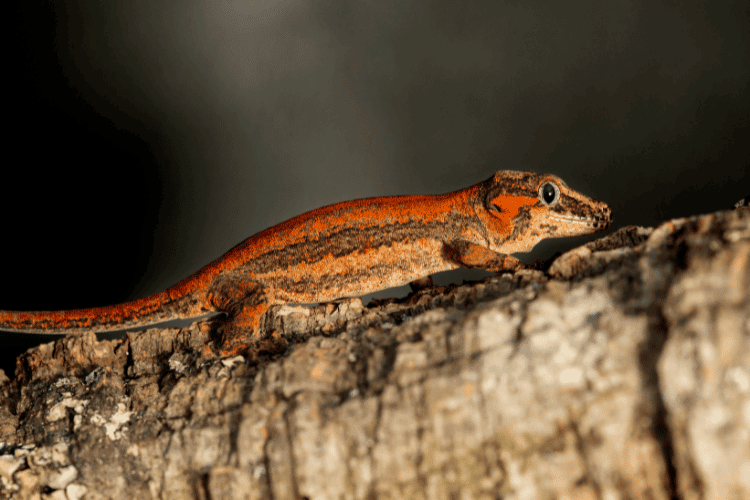
Finally, avoid feeding them wild-caught insects, as they may carry parasites or diseases.
What Is the Temperament of Gargoyle Geckos?
Generally known for their docile and friendly nature, these geckos are popular as pets. They tolerate handling well, especially when properly acclimated and treated with care. However, individual temperaments may vary, and some may be more skittish or reserved.
When interacting with your gecko, it’s crucial to approach them calmly and gently. Avoid sudden movements or loud noises that might startle them. Allow the gecko to become familiar with your presence by spending time near their enclosure before attempting to handle them.
While picking up a gecko, support their body with both hands to prevent them from feeling unstable or anxious. Try not to grip them tightly, as this can cause stress or discomfort. Instead, use a gentle yet secure hold.
Even if geckos are usually well-suited for handling, it’s crucial to recognize that they are still wild animals at heart. Avoid excessive handling, especially during times of stress, such as after relocation or illness. Over-handling can lead to undue stress, affecting their well-being.
Additionally, be mindful of the temperature of your hands when handling pet geckos, as extreme heat or cold can cause distress. Wash your hands before and after handling to prevent the transmitting of potentially harmful bacteria to or from the reptile.
Pro tip:
Young gargoyle geckos may be more skittish than adults, so patience and gentle handling are especially important during their early stages of development.
What Are the Common Health Issues for Gargoyle Geckos?
If you notice any signs of illness in your gargoyle gecko, take them to a veterinarian who specializes in reptile care. Early diagnosis and treatment are essential for the best chance of recovery.
Here are common gecko issues to look for:
- Metabolic bone disease (MBD): MBD is a condition caused by a lack of
calcium or vitamin D3. It can lead to bone deformities, weakness, and even death. - Respiratory infections: Respiratory infections can be bacterial or viral. They can cause sneezing, coughing, and difficulty breathing.
- Parasites: Geckos can be infected with parasites, such as mites and worms. These parasites can cause a variety of health problems, including weight loss, diarrhea, and lethargy.
- Skin problems: Pet geckos can develop skin problems, like scale rot and dermatitis. These problems can be caused by poor husbandry, inadequate humidity, or incorrect temperatures.
- Eye problems: A gecko can develop eye problems, such as conjunctivitis and corneal ulcers. These problems can be caused by a variety of factors, including dust, dirt, and parasites.
What Are the Lifespan and Size of Gargoyle Geckos?
Gargoyle geckos have an average lifespan of 15-20 years. However, some gargoyle geckos have been known to live for up to 25 years.
When hatching, they’re tiny, measuring around 2-3 inches in length. As juveniles, they can reach lengths of 4-6 inches within their first year.
As they mature into adulthood, adult gargoyle geckos are typically 6-10 inches (15 to 25 centimeters) long and weigh 40-60 grams from head to tail.
Males typically have larger bodies and heads compared to females too, but both sexes can reach similar lengths.
What Are the Breeding Habits of Gargoyle Geckos?
Gargoyle geckos are sexually mature at around 1-2 years old. The breeding season is typically in the spring and summer.
During that time, male gargoyle geckos will become more active and territorial. They may also display breeding behaviors, such as head-bobbing, arm-waving, and darkening of their throat.
Female gargoyle geckos will lay clutches of 2-8 eggs, typically after being courted by a male. The eggs are laid in a moist substrate, such as sand or soil.
The incubation period for gargoyle gecko eggs is typically 50-70 days. The eggs should be incubated at a temperature of 82-86°F (28-30°C).
When breeding gargoyle geckos in captivity, provide them with a proper enclosure and diet. The tank should be large enough for the geckos to climb and hide. The diet should consist of a variety of insects, such as crickets, mealworms, and dubia roaches.
It’s also important to give the geckos a hiding box filled with a moist substrate. This will give the female a place to lay her eggs.
Are There Legal Considerations for Owning a Gargoyle Gecko?
Yes, there are legal considerations for owning a gargoyle gecko. The specific requirements and restrictions vary depending on the region or jurisdiction.
In the United States, gargoyle geckos are legal to own in most states. However, there are a few states that have restrictions on owning exotic animals, such as California, Hawaii, and New York. In these states, you may need to obtain a permit or license to own a gargoyle gecko.
So, it’s important to check with your local authorities to find out the specific legal requirements for owning a gargoyle gecko in your area.
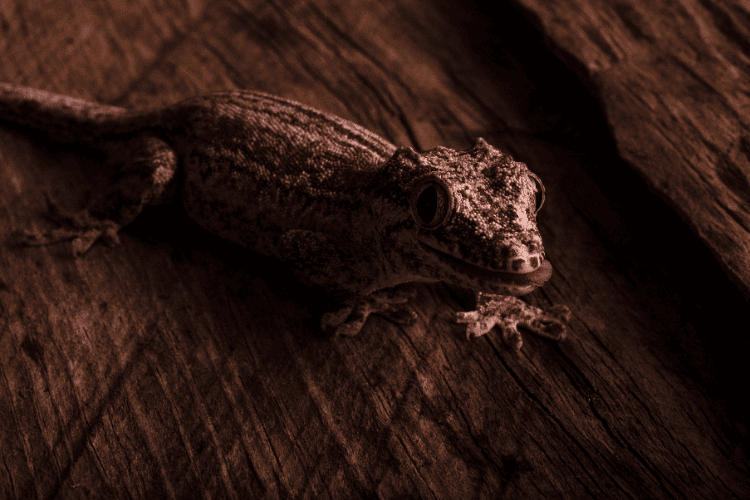
Additional Resources
Books:
- “Gargoyle Geckos” by Philippe de Vosjoli, Allen Repashy, Frank Fast
- “GARGOYLE GECKO LIZARD PET CARE: Simple Guide To Their Husbandry And Enrichment” by Graves Sheppard
Forums:
Case Study
Check out Nyx! A cheeky gargoyle gecko, obsessed with climbing hair. Another gecko with a wonderful personality is Lahar. Their cuteness should entice to get one of your own soon.
FAQs
Can I keep multiple gargoyle geckos together?
No, it’s not recommended to keep multiple gargoyle geckos together. Geckos are solitary animals and don’t enjoy the company of other geckos. When they’re kept together, they may fight, injure, or even kill each other.
In case you’re thinking of getting more than one gargoyle gecko, it’s best to keep them in separate enclosures. This will ensure that they have enough space and resources to thrive.
Do gargoyle gecko bites hurt?
Gecko bites don’t typically hurt. They have small teeth that aren’t that sharp due to their dietary needs. However, they can still break the skin, especially if they’re handled roughly.
If a gargoyle gecko bites you, wash the wound with soap and water immediately then apply a bandage. In case the bite is bleeding heavily, you should seek medical attention.
Are gargoyle geckos good for beginners?
Yes, gargoyle geckos are generally considered to be good for beginners. They’re relatively easy to care for and docile in nature. Here are some of the reasons we think these geckos are good for beginners:
- They’re relatively hardy animals and can tolerate a wide range of temperatures and humidity levels.
- They’re not very active, so they don’t require a lot of space.
- They’re not aggressive either and are generally calm around humans.
- They’re relatively easy to feed and don’t require a specialized diet.
Equipment Needed
- A 20-gallon tank
- Heat lamp or heat mat
- UVB light
- Branches or climbing perches and vines
- Cleaning supplies or feeding tongs
- Substrate (paper towels, reptile carpet…etc.)
- Hides
- Shallow
water bowl and food dish - Calcium and vitamin D3 supplements

